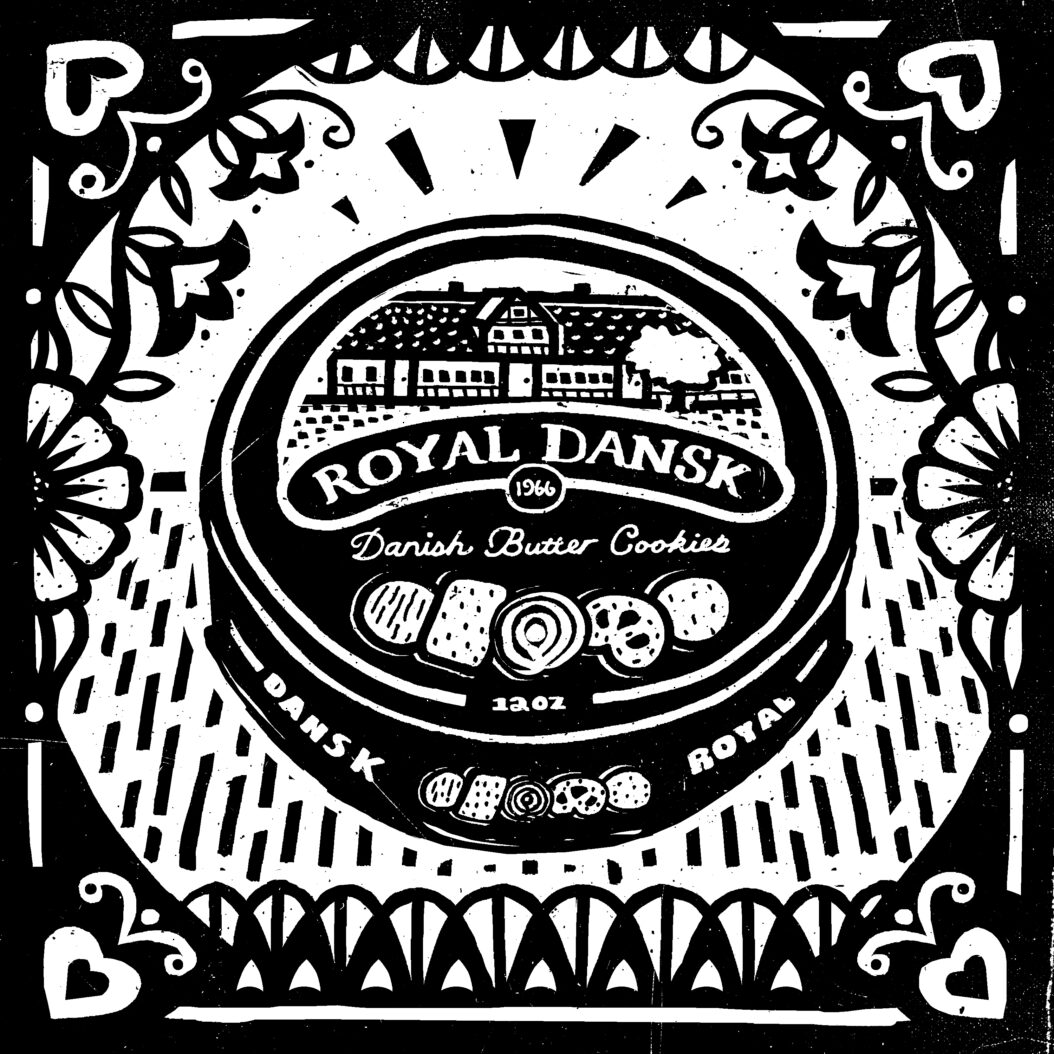
“Which came first? The cookie or the tin?”
Royal Dansk butter cookies are iconic. They’re a perfect cookie and the internet is full of memes and reddit threads and think pieces about all the things that folks store in their Royal Dansk tins. If you’re looking to unite humanity around a common treat, these would have to be a contender. So how did these cookies come about, and why do we all love them so much?
Denmark is famous for a lot of things. They invented Legos! They ride bikes all the time! They eat a ton of hot dogs! There’s a lot to love, but the best thing about Denmark is the Danish Butter Cookie. They are a traditional treat made from flour, butter, and sugar–but make no mistake: butter is the star. They aren’t called flour cookies, after all. Or even sugar cookies. They’re BUTTER COOKIES and I think we ought to address how butter became so important to Denmark.
Denmark used to grow and export a ton of grain, but in the late 19th century, Poland, Ukraine, and the Unites States began to flood the market with inventory, and grain prices plummeted. The Danish farmers had to feed the grain they couldn’t sell to their animals. This lead to a great idea: What if Denmark leaned into meat and dairy production instead of growing grain? The land was suited to it. Farmers were willing to give it a try. There was only one problem…
Grain farms don’t magically turn themselves into meat farms. Or dairies. The tools and machinery needed to make this conversion were expensive. So, the farmers formed cooperatives, teaming up to share the financial risks and divide the financial rewards. Soon, Denmark was exporting meat, milk, and butter. The farmers were making money, and high-quality Danish butter was on the map.
Speaking of exports, by 1966, a new cooperative called Royal Dansk was ready to take the international cookie market by storm. They made Danish Butter cookies in five varieties loosely based on traditional favorites: Finnish Bread, Vanilla Wreaths, Danish Pretzels, Country Style Cookies, and Coconut Rounds. The assortment was novel, but the packaging was revolutionary.
The cookies came IN A TIN. (That’s all caps because it’s so important.) In the 1960s, cookies came in paperboard boxes that were sometimes lined with a waxed paper bag. Then, along comes Royal Dansk selling cookies in a tin?! It was night and day! This was an absolute game-changer!
Not only did the tin elevate the perception of the cookies, it kept the Royal Dansk brand in consumer’s houses, and minds, forever. People had a hard time getting rid of that tin! It was way too nice to throw away! It became home to countless sewing kits. It lived on garage shelves filled with tangles of wire and screws. With a slit cut in the lid, it became a de facto piggy bank. It was advertising that payed off for generations.
Today, for about $4, you can get an assortment of authentic Danish butter cookies, a beautiful tin, and the incredible feeling of well-being that comes with repurposing that tin as a storage container. I really can’t think of a better deal.

